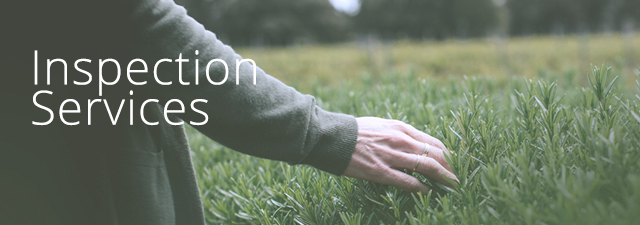Algoma Public Health
- How to Shock Your Well (or Cistern)
- Back
- Environment & Inspections >
- Drinking Water >
- How to Shock Your Well (or Cistern) >
How to Shock Your Well (or Cistern)
FAQs
Shocking a well may also be referred to as disinfecting a well. This involves adding a large amount of chlorine to the water in the well (or cistern) and pumping it through the water distribution system (plumbing in your home). The chlorinated water is left in the system long enough to kill harmful bacteria, viruses, and parasites.
If a water sample test result indicates the water is contaminated with bacteria, you may want to shock your well and/or cistern as it may make the water safe for drinking. Wells should also be shocked after maintenance, alterations, repairs, or construction (including construction of a new well). For example, replacing a submersible pump or changing the well cap, etc.
Please refer to Public Health Ontario’s Well Disinfection Tool for more information. This tool calculates the amount of chlorine that is needed to disinfect a well and outlines procedures and precautions to take while doing so.
Yes, but you should wait at least 3 - 4 days after shocking your well before collecting another water sample for testing. If the test result shows there is no bacteria, wait another week and test again. You should test the water over 3 consecutive weeks after shocking the well to determine if the treatment was effective.
Shocking your well is not a substitute for water treatment. If the water is not contaminated due to recent well maintenance, repairs, or construction, there are likely other sources of contamination that need to be addressed. If the source of contamination is not addressed, germs may re-enter the well and repeated shocking is not a solution.
This means that your well water has a recurring source of contamination. Well water can be contaminated by:
- nearby septic systems, lakes, rivers, or farms
- damage to the well structure
- improperly abandoned wells in the area
If the well structure is compromised, surface water may be entering the well. If so, a certified well contractor may be able to identify the problem(s) which may include issues with the well seal, cap, casing, landscaping, location and/or grade of the well site. If the well water is contaminated and you cannot eliminate the source of contamination (e.g., nearby lake or farm), a water treatment system can be installed to produce safe drinking water.
Please see Drinking Water Sources and Water Treatment for more information.










